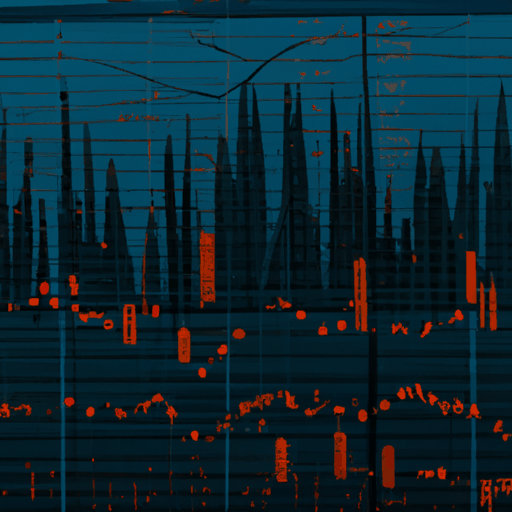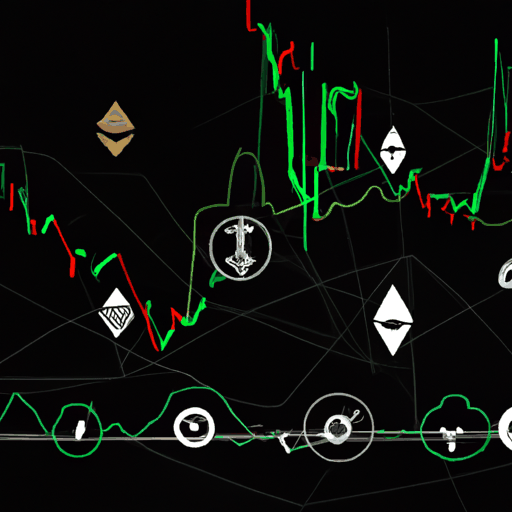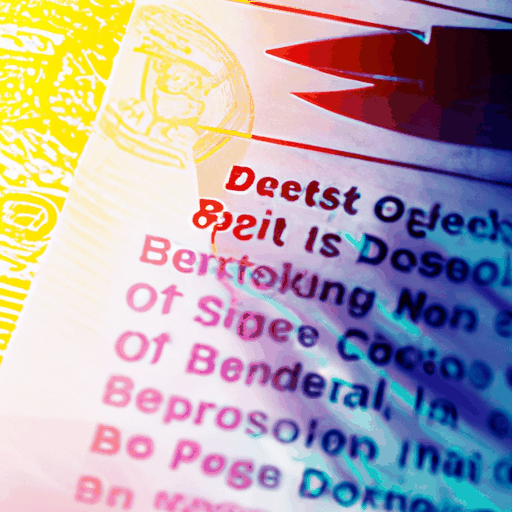
Curve Founder Michael Egorov Faces Mass Liquidation Amid CRV Price Crash
By: Eva Baxter
Michael Egorov, the founder of Curve Finance, confronted a severe financial blow earlier today as the Curve DAO Token (CRV) plunged to its lowest historical value of $0.219, triggering significant liquidations on his lending positions.
$27 Million Liquidated
On-chain analyst EmberCN reported that loan positions involving approximately 100 million CRV, valued at $27 million, were liquidated. Despite this large-scale liquidation, Egorov retains 39.35 million CRV, safeguarding $5.4 million in stablecoins on a lending platform. These residual assets do not face imminent liquidation risk as the health rate of the loan has surpassed a critical threshold, ensuring temporary stability.
Blockchain intelligence platform SoSo Value revealed that the repercussions of Egorov's actions led to widespread liquidations involving CRV across multiple platforms. Although it is noted that Egorov did not induce direct selling pressure, he is alleged to have quickly profited in a different manner, potentially placing lenders and former CRV investors at a disadvantage.
Alarm Bells and Historical Context
Previously, Arkham Intelligence flagged that Egorov's CRV holdings, valued at $140 million across five different protocols, were susceptible to liquidation if the token's price fell by 10%. Further enlightening the precarious situation, the company commented, “$50 million of Egorov’s crvUSD borrows are on Llamalend, which currently costs him approximately 120% APY, as there is scarcely any remaining crvUSD available for collateral borrowing against CRV.”
Reflecting on past incidents, last year’s market was also significantly disrupted by Egorov's large-scale borrowing on Curve. A hacking event during that period caused a dramatic drop in CRV price, prompting several DeFi protocols to suspend additional CRV borrowing, pointing to systemic contagion risks associated with these massive loans.
Soft Liquidation: A System in Action
Despite the turmoil, Egorov recently lauded Curve Finance’s soft liquidation mechanism, which underwent real-world testing during a recent hack on the UwU lending platform. According to LLAMMA documentation, this mechanism involves depositing collateral into multiple bands across an automated market maker (AMM), enabling a more refined and continuous liquidation process, unlike traditional liquidation protocols that rely on singular price points.
Praising its performance, Egorov remarked, “The system displayed exceptional performance. This allowed liquidators time to prepare funds and conduct OTC-liquidations of the hacker’s positions. Consequently, the system has no remaining hacker funds nor bad debts, everything operates efficiently.”
This incident raises pressing questions about the stability and risk management mechanisms within the DeFi ecosystem. As Curve Finance navigates through these turbulent waters, all eyes are now on its capacity to maintain market confidence and avoid further community fragmentation.



